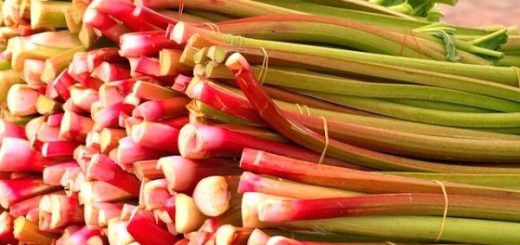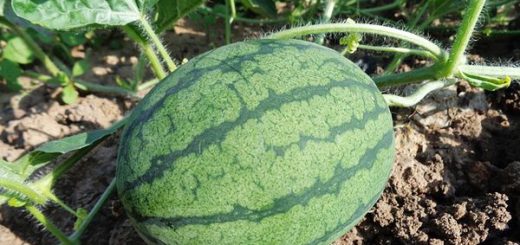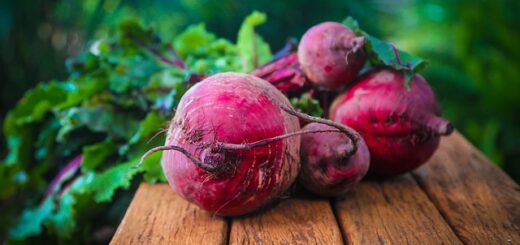Types of Fruits! Different Layouts

Types of Fruits. Fruit! You can do a lot with it and there are many types of fruits. And that’s what this blog is about; Types of fruit and then classified into different groups.
Types of Fruits:
Fruit can be divided into different groups, all of which are discussed in this blog. However, the best-known classification is the following: soft fruit, stone fruit, pome fruit, exotic fruit and citrus fruit.
There are several possible classifications of fruit types. Many of these formats are discussed below and an explanation is given for clarity. The first classification of types of fruit is, of course, according to the type of fruit.
Index
How Many Types of Fruit Are There?
If we start from the type of fruits, a division can be made into 5 main groups. These are:
- Soft fruits such as berries, strawberries, grapes, raspberries and blackberries.
- Stone fruit such as apricots, peaches, plums and nectarines.
- Pome fruits such as apples and pears.
- Exotic fruits include banana, kiwi, pineapple, mango and pomegranate.
- Citrus fruits such as orange, mandarin, lemon and lime.
Did you know that all citrus fruits come from only three types of citrus fruits. Namely the mandarin, grapefruit and citron. All others are crosses of these three. You can read all about it in our blog ‘ What are Citrus Fruits? The List With Many Species! ‘.
The following classification is according to how it is available in the store.
Types of Fruits
This classification is a classification of how the fruit is available in the store. We can make the following format for this:
- Fresh fruits. This is the fruit you buy in the fruit and vegetable section. The fruit has been picked and transported to the supermarket, nothing has been done with it. You should wash or peel this fruit before eating it.
- Processed fruits. This is a fruit that has been cleaned and/or peeled. It’s on the refrigerated shelf of your supermarket.
- frozen. In the freezer section of your supermarket, you will find different types of fruit, frozen for a smoothie, for example.
- Canned. This fruit is not refrigerated. It is packed airtight and usually preserved. For example, think of cherries and mandarin oranges.
- In Glass. Yes, fruit is also available in a glass jar. You can think of stewed pears.
The following classification of fruits is how it is grown.
Fruit Types By Growing Method
If we look at the cultivation method, we can make a different classification and we arrive at the following summary:
- Biological. This fruit is grown naturally. No pesticides or other chemicals are used.
- sprayed. This fruit is sprayed with pesticides and chemicals. All fruit must be washed and/or peeled well, but this type of fruit certainly.
Another classification by cultivation method is below, namely
- Sustainable fruits. Sustainable fruit is difficult to define. This has to do, for example, with transport costs, the amount of water used and the type of agriculture. An example; strawberries are grown in open ground in Spain are more durable than strawberries grown in heated greenhouses in winter.
- Not sustainable fruit. This really says it all. The environmental impact of growing fruit is not taken into account here.
You can make a major contribution to sustainable fruit consumption yourself. Only buy seasonal fruit! If you buy a box of strawberries in the winter months, they are certainly not sustainable. The Dutch fruit grower may have grown them sustainably in his greenhouses, but they are less sustainable because they are grown out of season.
The following classification of fruits is by processing method.
Factory Processed Fruit
Not all fruit ends up in the supermarket at once. A lot of fruit is processed into a product in factories. Preservatives, flavor enhancers, color enhancers, and sugars are often added. However, today there are many processed fruit products that do not or less have these additions. The format is as follows:
- Mush. Apples are peeled and made into a purée.
- Pate de fruit. This comes from France and are sugared fruit cubes.
- yum. This fruit is processed, added sugars, heated and made into jam. A commonly eaten fruit product for breakfast.
- Dried. Fruit is also often dried. That way it has a longer shelf life. The taste does change, but the shelf life is important here.
- juices. Of course, fruit is also made into juice. Also here is a difference in 100% juice and juice with added ingredients.
If you think long enough, you can probably come up with another one that fits in this list. Now the following classification in the overview of types of fruit.
Fruit Types By Ripeness
This classification is divided into 3 groups, namely
- Immature. Fruit is always picked or harvested unripe. It always takes a while before it is in the store. You cannot eat this fruit. Eating a green banana, for example, is not healthy.
- Ripe. This fruit is edible. It has matured long enough and is ready to be eaten.
- About ripe. This fruit has been left for too long and is rotting. Discard this fruit immediately. Do not eat!
We can also classify types of fruit on the basis of quality marks.
With Or Without Label
This is a classification according to labels or quality marks. There are many quality marks on the market and these are certainly not all reliable. There are quality marks from manufacturers and suppliers and independent quality marks. The photo below from Milieu Centraal shows a number of quality marks.
- With hallmark. One of the best-known quality marks is Fairtrade. This quality mark is for fruit that we source and import far away. The farmer receives a good and fair price for his fruit and is not exploited. Another quality mark is that of EKO. This brand approves based on environmental aspects.
- Without hallmark. Yes, this says it all. This fruit has no quality mark or label. However, this does not mean that it is not a good and sustainable type of fruit. There are fruit varieties without a quality mark that is, for example, grown sustainably and environmentally conscious. Think of the vegetable garden and fruit from the Herenboeren. Good fruit without a quality mark.
Then the last classification of types of fruit is the origin of the fruit.
Origin of Fruit
Finally, of the types of fruit, the classification according to origin. Where is it produced?
- Homegrown. Homegrown fruits include apples and pears. But also strawberries when they are grown in season. This also applies to cherries.
- Imported. Due to our climate, a lot of fruit cannot be grown in the Netherlands. Orange is the best known. But also all the tropical and exotic fruits such as kiwi, mango, pineapple and pomegranate.











